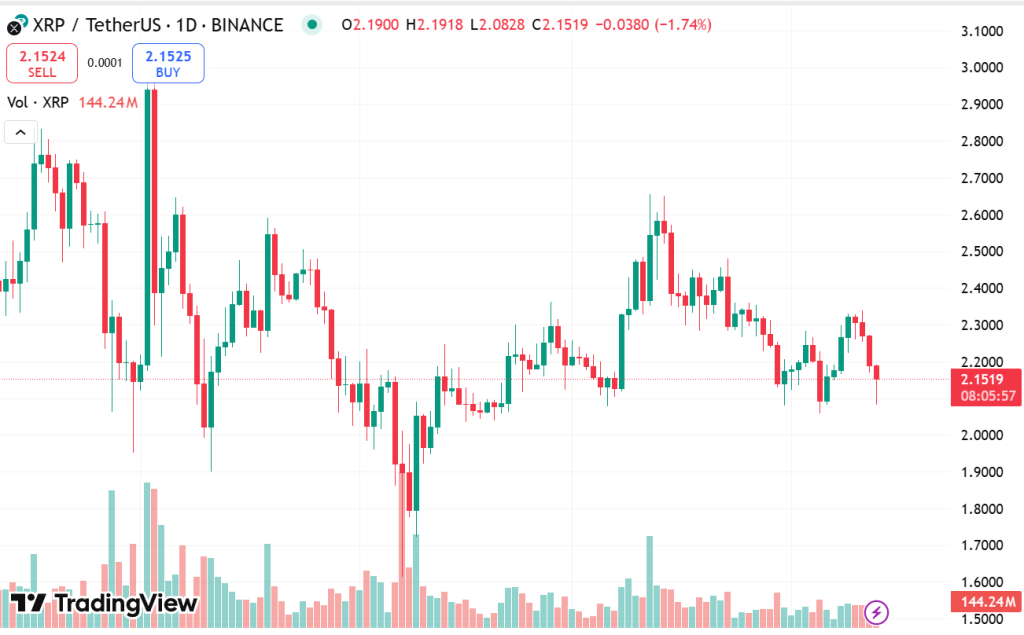Despite threats of a recession and widespread layoffs, employees have continued to sock away savings for three consecutive quarters, according to a recent report by Fidelity Investments.
According to the financial services titan, 401(k) balances rose 4% in the second quarter of 2023 over the previous three months to an average of $112,400, while 403(b)—a tax-sheltered annuity plan—balances rose 5% to an average $102,400 in the same period. Meanwhile, the average IRA balance jumped 5% to $113,800.
Positive market conditions played a role in higher balances, but, experts say, heightened employer attention to financial wellness contributed as well. And, apart from better retirement preparedness, employers continue to have a lot to gain by supporting employees’ financial wellness.
Mike Shamrell, vice president of thought leadership at Fidelity Investments, tells HRE that more employers are viewing financial wellbeing as an “integral part of total wellbeing,” and addressing it in holistic wellness strategies to encourage healthier, more productive workforces.
4 ways to boost retirement savings through financial wellness support
To help employees meet their financial goals, including having more money to save for retirement, employers are increasingly broadening their voluntary benefits, said Kathy Barber, vice president and head of corporate benefits and compensation at Goldman Sachs’ Ayco Personal Financial Management, during a Goldman Sachs webinar this week. These benefits can include:
Student loan repayment assistance
About one-third of Ayco’s corporate partners have consistently offered student loan repayment assistance for a number of years, she notes.
Employer support for this benefit got a boost under the sweeping 401(k) plan changes under Secure Act 2.0. Employers, for example, can make matching contributions to an employee’s 401(k) plan based on the amount they contribute toward their student loan repayments.
“Many employers have been waiting for the 401(k) solution that came through on the Secure Act 2.0, but we really have only seen a handful of companies that are definitely moving forward with that provision,” Barber says. “We’re still in a kind of wait-and-see phase, but I think that’s definitely a high priority.”
Emergency savings
Although companies can help employees save through short-term loans under Secure Act 2.0, Barber says not too many employers have gone down this road yet. Rather, employers are increasing access to savings accounts or setting up payroll deductions to make saving easier with an out-of-sight, out-of-mind approach.
The need for employers to help employees with emergency savings became particularly critical during the pandemic, Angela Trefethen, senior director of retirement plan services at The Standard, tells HRE.
Automatic enrollment in 401(k) plans
While most companies offer auto-enrollment into 401(k) plans, it’s even more important to offer an auto-escalation feature that increases an employee’s contribution to their retirement savings to help them more readily reach their financial goals, experts say.
“We found a lot of employers started people off with automatic contributions of 3% but we learned it’s a real struggle for them to accumulate enough for retirement that way,” says Trefethen. “Now, the default contribution rate is up to 6% and inching up towards 10% as a starting point.”
Employers have also shifted their strategies around 401(k) loans, Shamrell says.
A decade ago, many employers would allow their workforces to take as many loans as they wanted against their 401(k). But these days, that practice has largely been reined in, says Shamrell.
“If you take out a 401(k) loan, you have to pay that loan back before you take another one,” he says. “I think it’s really helped contribute to the downward trend in terms of 401(k) loans, especially if you look back prior to the pandemic.”
Lifetime income
Annuities are considered a lifetime income option, since they pay out over the life of the holder. Traditionally, just under 10% of employers have tended to offer lifetime income options, says Barber, who expects to see a lot of growth in this area.
Employers are also helping employees build longer-term financial success through savings assistance and personalized financial education, she adds.
Maximizing the ROI of financial wellness benefits
While employers can help employees build retirement savings through financial wellness benefits, they should consider the old adage “less is more.”
For example, offering a plethora of benefits with the assumption it is better to cast the net widely to address the needs of a diverse workforce may hurt HR in the long run, warns Barber.
“It can feel overwhelming at some point,” she says. “Companies are struggling to manage all of these various benefits, so look for strategies to simplify and consolidate them.”
One way to do that is to offer lifestyle spending accounts: Employers can put a set amount into each employee’s account and they then choose how to spend it, based on their unique needs. For instance, Barber says, they could put it toward student loans or the cost of a gym membership or other health and wellness expenses.
In addition to simplifying and consolidating benefits, consider under-utilized benefits like HSAs, she says. At her firm, 90% of its corporate partners offer HSAs and a similar percentage include an employer contribution.
Related: 2 key strategies to boost employee retirement savings—now
“We hear from employers that employees are not taking full advantage of this fantastic triple tax-advantaged account,” Barber says. “Employers need to focus more time and effort on helping employees understand and maximize these plans, rather than continually adding more plans where utilization, honestly, is not that great.”
To improve utilization of and employee investments in HSAs, consider offering matching contributions or wellness incentives, Barber suggests. This approach gives employees skin in the game, she adds.
Ongoing communication about financial wellness is also imperative, Trefethen says.
A few decades ago, she notes, it took six or seven touchpoints for a message to sink in; today, according to change management experts, that number is up to 21.
“That really makes the job of the employer one where they have to have repetitive communication with their people,” says Trefethen. “You can’t just tell them about it once and think it’s going to happen.”
Credit: Source link











